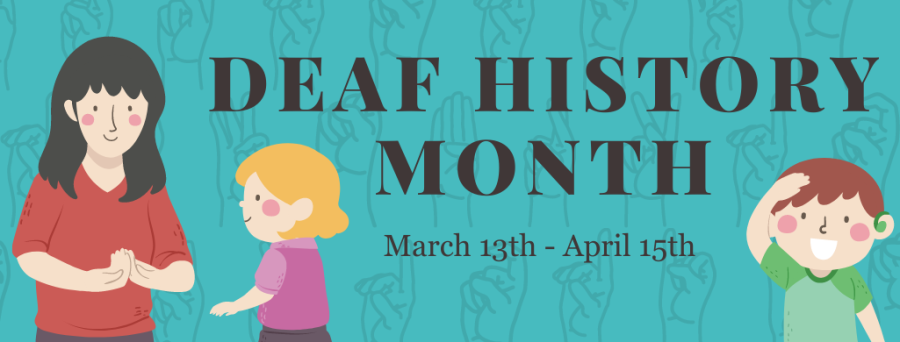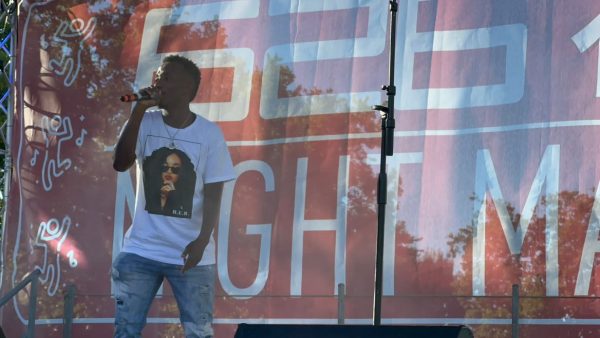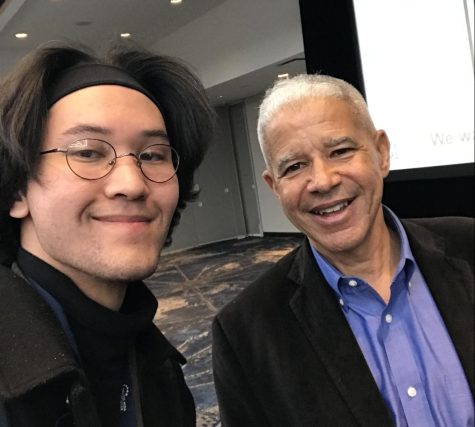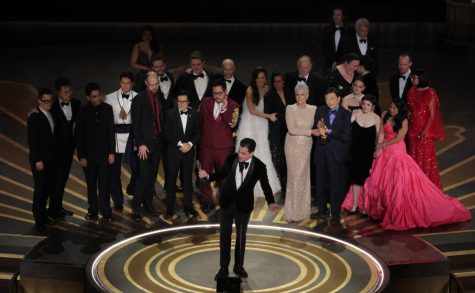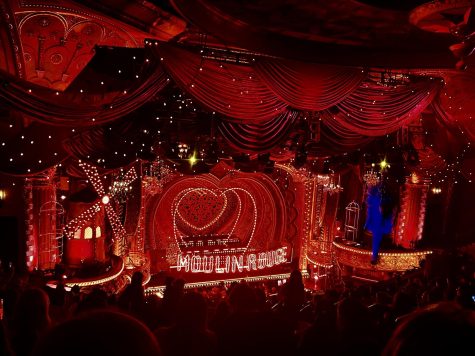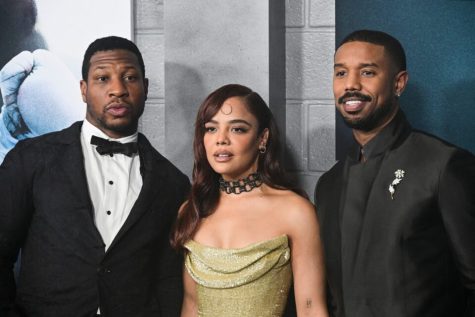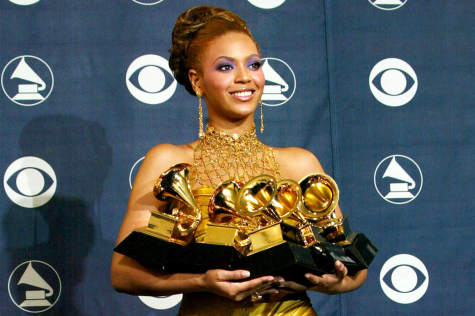Celebrating Deaf History Month
March 9, 2022
National Deaf History Month is a great time to learn more about our Deaf and/or Hard of Hearing friends and community members and bring awareness to their lived experiences.
Deaf History Month recognizes the accomplishments of those who are hard of hearing and deaf, commemorated every year from March 13 to April 15.
Deaf History is celebrated during this time of year because of three major events in American history: The first public school for the deaf, the American School for the Deaf, opened on April 15, 1817. On April 8, 1864, Gallaudet University, the first institution of higher education for the deaf and hard of hearing, was founded. Almost a century later, on March 13, 1988, Gallaudet University hired its first deaf president.
The National Association of the Deaf (NAD) first introduced National Deaf History Month in 1997. Through their partnership with the American Librarian Association in 2006, they have worked together to support and bring awareness to deaf history. The NAD recognizes National Deaf History Month during April 1-30.
According to a study by the National Institute on Deafness and Communication Disorders, two to three out of every 1,000 children in the United States are with a detectable level of hearing loss in one or both ears. More than 90% of deaf children are born to hearing parents. Age is the strongest predictor of hearing loss, a significant number among ages 20-60, and the greatest account amount among 60-69.
The power of communication is that it doesn’t solely rely on hearing. Supportive devices such as hearing aids have helped create and enhance sound for the deaf and hard of hearing. Other mechanisms such as reading lips, using sign language to communicate with hands, canes, and/or using service animals have developed a whole new wave of communication.
“Our historical lens during this month must include the experiences of Black Indigenous People Of Color (BIPOC) Deaf People as well as those of Deaf Blind and Deaf people with other disabilities – as the efforts of National Deaf History Month must celebrate and recognize all Deaf People in the U.S.,” stated Howard A. Rosenblum, CEO for the National Association of the Deaf.
The deaf and hard of hearing community continues defying odds, breaking barriers, and inspiring the next generation of trailblazers. Notably, Dr. Shirley Jeanne Allen is the first black deaf woman to earn a doctoral degree.
Allen received her bachelor’s degree from Gallaudet University, then a master’s degree from Howard University, and a doctoral degree from the University of Rochester.
Her remarkable accomplishments in education and public service are a shining example of overcoming obstacles and raising awareness of the wonderful accomplishments in the deaf community and beyond.
“The contributions of our community should be appreciated everyday, but having a dedicated month allows others who are not as familiar with our history to become more aware of the existence and contributions of deaf and hard of hearing people. With National Deaf History Month, we further our place in mainstream society,” continued Rosenblum.
The art of language is profound. We can communicate with words, body language, and hand signs. Whether it’s reading lips or using speech, we can all come together to commune and support one another.
“There are 48 million deaf and hard of hearing people in the U.S., and we come from every socio-economic background, race, ethnicity, national origin, sexuality and gender, religion, and political ideology. […] [Many of which have been] been united in demanding communication access for all including captioning for those who prefer it, sign language access, and assistive listening technologies,” discussed Rosenblum.
It’s important for organizations to be inclusive and partner with the deaf community; Rosenblum spoke about questions to ask oneself when communicating updates and emergency information or planning events: “Do you hire deaf and hard of hearing people to assist with the planning? Do your videos include captioning and transcripts? Do you provide American Sign Language (ASL) interpreters at your events? Do you ask deaf and hard of hearing stakeholders for their perspective, experience, and ideas?”
Deaf History Month sheds light on the outstanding achievements and accomplishments that the deaf and hard of hearing continue to do every day. Let’s all hold one hand with another and give it a firm shake—a celebratory sign to listen with our heart and mind.
There are virtual and in-person resources for more information on sign language. “With today’s technology and opportunities, people can learn sign language anywhere! Websites and social media make it even easier for one to learn. People can also sign up for ASL classes at school; chances are that ASL classes are offered in your area,” concluded Rosenblum.




